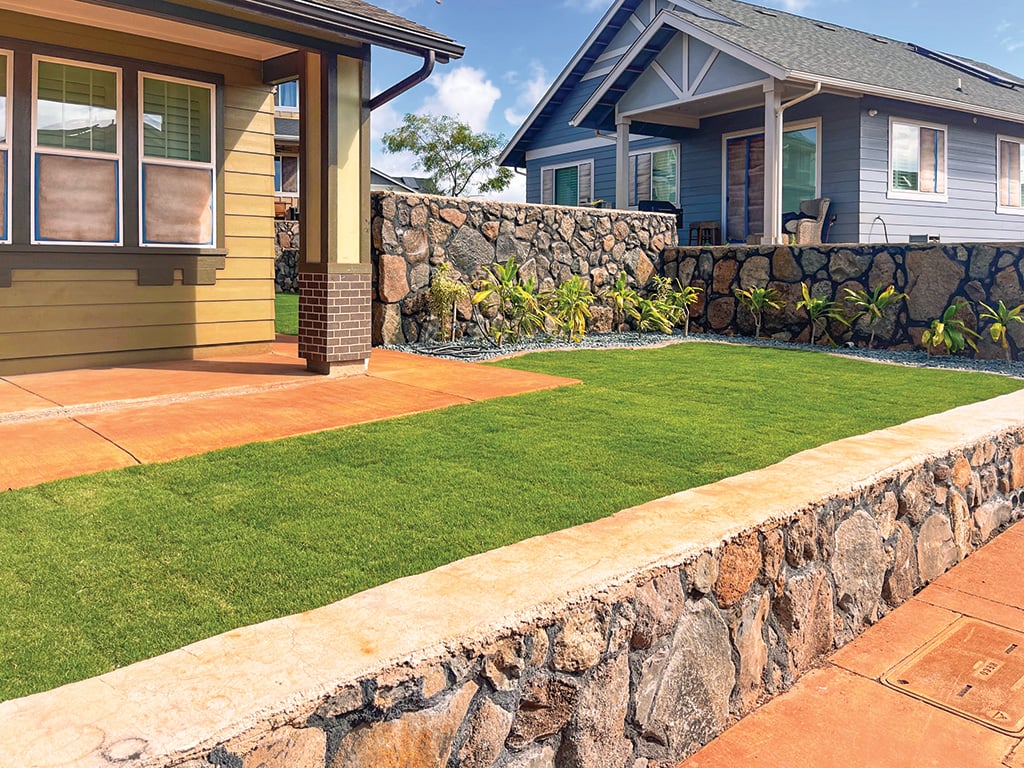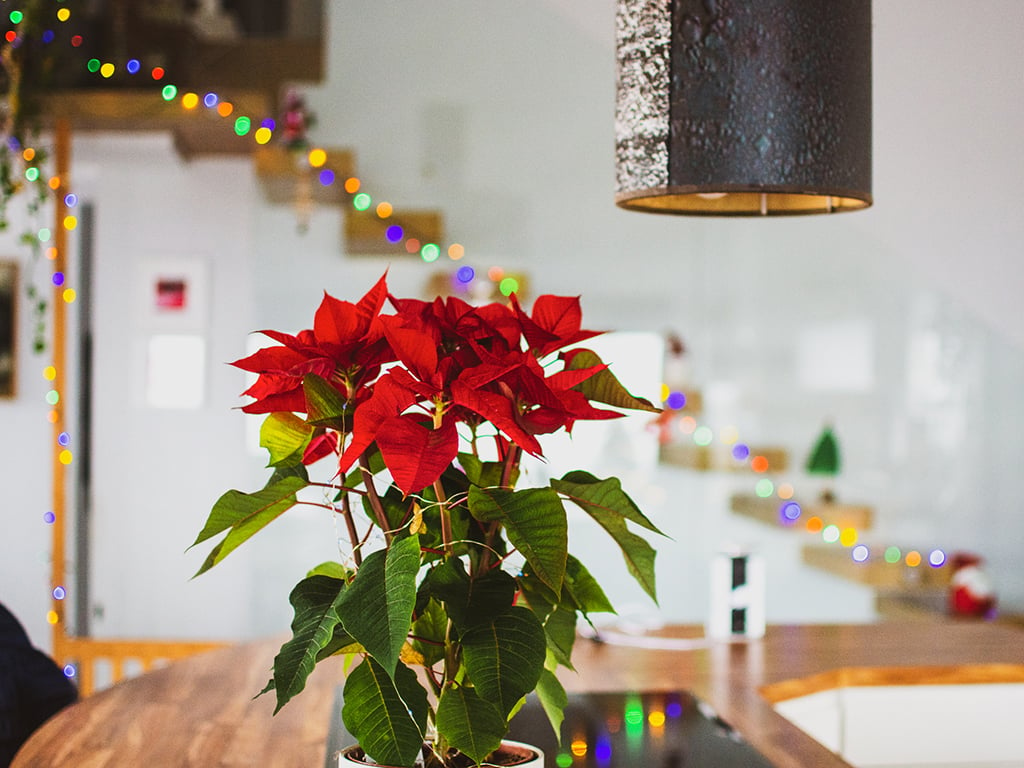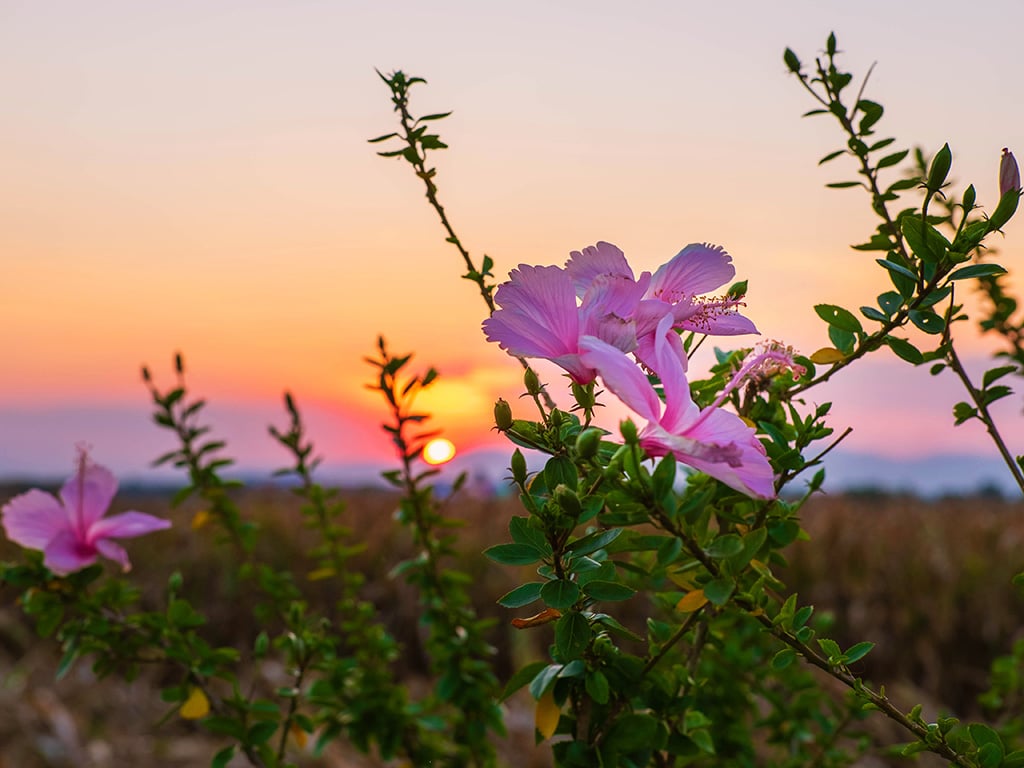Rain Supreme
Managing runoff while beautifying your landscape.
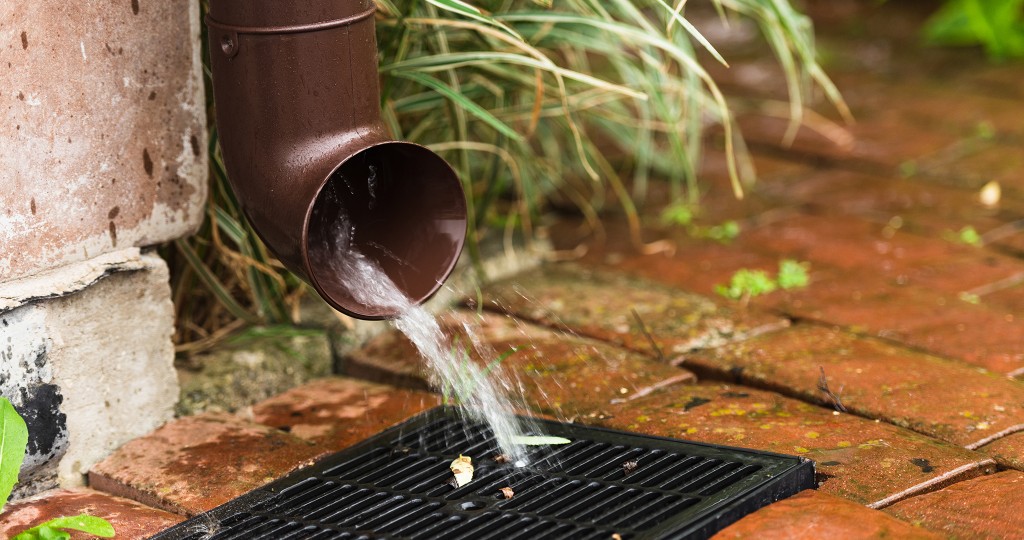
Eco-friendly upgrades are a popular part of today’s interior design, but sustainable features are also available for your landscape.
“Effective design is sustainable,” says Bernice Fielding, who is the creative director for BEvolved Consulting, a landscape design and consulting company. “By implementing design features that control and, more importantly, contain rainwater in your landscape, you beautify your space and help preserve the environment at the same time.”
Runoff in urban areas can be a leading cause of pollution. Pollutants build up on developed areas such as roofs, sidewalks, driveways and compacted lawn areas. This sort of runoff is even more damaging in places like Hawaii, where the majority of urban runoff rainwater is unfiltered and flows directly into the ocean. “It’s important for everyone to do their part,” says Fielding.
3 OPTIONS FOR MANAGING RAINWATER
Bioswales
Manmade landscape elements, bioswales are designed to mimic naturally occurring swales and gullies. “They can reduce the amount of pollution entering the ocean by intercepting, treating and infiltrating rainwater,” Fielding says.
Rain Gardens
A rain garden takes advantage of rainfall in its design and plant selection. Plus, it improves water quality, provides localized flood control and encourages wildlife such as birds, bees and butterflies.
Rain Catchment Containers or Cisterns
Capture water from a downspout into a rain barrel, cistern or any type of large container, such as the one featured here. “The nutrients from the rain help to fertilize the water plants and feed the fish,” Fielding says.
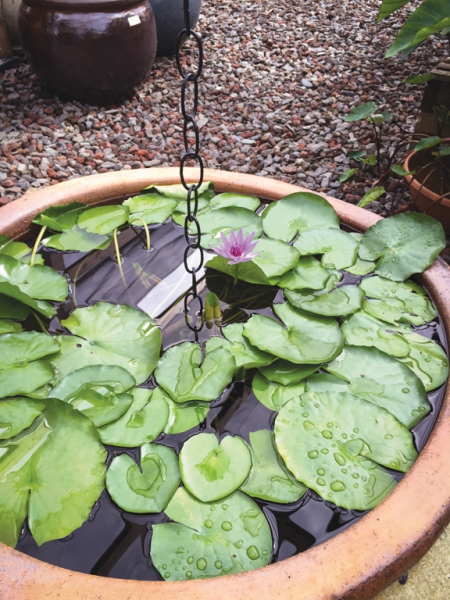
Turn Your Rain Barrel Into A Tranquil Water Garden
Your rain barrel doesn’t have to be blah. With just a little effort you can add style and color to your landscape. “We have customers that purchase medium to large pots that are plugged and placed under rainspouts or rain chains,” says Andrew Dedrick of Geobunga. “Throw in a few fish to prevent mosquitos from breeding and the water is readily available for garden use.”
From there the pot is easy to access to fill up a small watering can and water plants throughout the garden. “The pot is aesthetically pleasing to look at but also very functional,” adds Dedrick. “I prefer to have the pot filled with water plants. If it rains excessively the water just overflows.”
To do this, dig a hole under the pot and fill with gravel. Place some decorative pebbles around the pot and over the gravel for a nicer look. The hole with the gravel helps limit runoff and increases permeability/saturation. “You never have to fill your water pot — which has water plants in it — unless we go through periods of no rain,” Dedrick says. “Again a few fish prevent mosquitos and helps your water feature strike a balanced eco-system.
“It’s not the traditional rain barrel, but it works well turning a rain chain or downspout situation into a tranquil water garden.”



